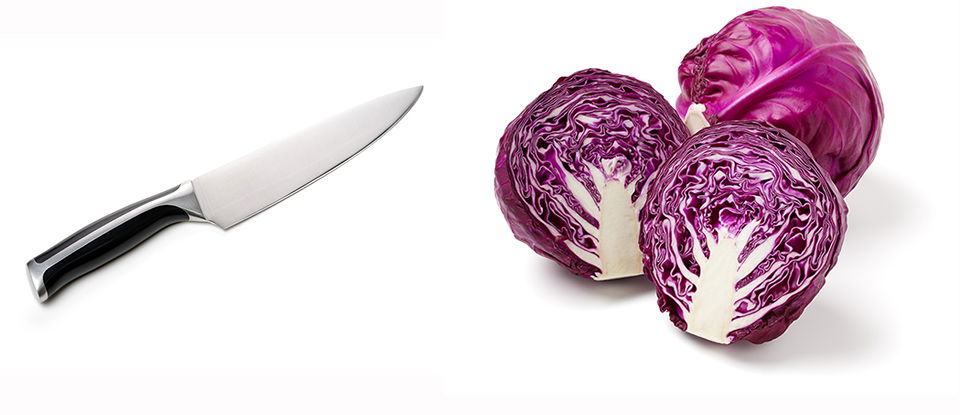
Experiment: Acids or Bases?
From Unlocking Science with Roger Patterson
Whether you realize it or not, you interact with acids and bases every day. You can find them in items all around your house, from batteries to cleaners to foods. Acids and bases function separately—and together—to perform crucial functions such as helping us digest food, absorb medicines, and clean our houses.
We measure how acidic or basic (alkaline) a substance is by using the pH scale. Acids fall in the 0–7 pH range while bases go from 7–14, with 7 being a neutral pH with a balance of acid and base ions.
The balance of acids and bases in the world points to our God who created the universe in an orderly and understandable way. This order reflects his character, which is consistent and unchanging. Colossians 1:16–17 says of God the Son, “All things were created through him and for him. And he is before all things, and in him all things hold together.” God is faithful to uphold the universe according to the laws he has created, and we can trust him to be faithful to his promises in Scripture.
In these activities, you will use three methods to indicate whether substances are bases or acids.
Materials Needed
- Purple cabbage
- Water
- Cutting board and knife (with adult supervision)
- Saucepan
- Strainer
- Bottle or jar with lid
- Eyedropper or pipette
- Safety glasses
- Various household substances (such as juice, milk, condiments, cleaners, and toothpaste)
Cabbage Color Challenge
Create an acid/base indicator from cabbage and then test various household substances to determine if they are acids, bases, or neutral on the pH scale.
Indicator Preparation
- Slice off about 2 cups of purple cabbage.
- Add the cabbage to about 2 cups of water and bring to a boil.
- Let the liquid cool.
- Strain the liquid into a jar or bottle and discard the boiled cabbage.
- Let the liquid cool to room temperature before you use it. To speed the cooling, place the liquid in the fridge.
Instructions
Purple cabbage leaves contain a pigment molecule that produces the red and blue colors in fruits and vegetables like beets and blueberries. A neutral solution will appear purple. An acidic solution will show up as reddish, and a basic solution will be blue, green, or yellow depending on the pH level.
Test your indicator solution by adding a few drops to a tablespoon of vinegar (it should turn pink) and a few drops to a tablespoon of baking soda dissolved in water (it should turn green). Use these as the standards to compare as you test other substances.
Test various items around your house to see if they are acids or bases. You’ll need only about a tablespoon of each substance for the test.
Dissolve dry substances in a bit of water first. If a substance already has a color, you will have to look carefully to see what color change happens. You can hold it up to light to see better.
Taste and See
One of the simplest indicators of pH is in your mouth. In edible substances, you can tell an acid because it will taste sour, whereas a base tastes more bitter. Isn’t it delightful that we have acidic foods such as spaghetti sauce and pickles, and basic foods such as broccoli and nuts? If you test a food substance, you can note whether it tastes sour or bitter. (Do not taste any substances that you do not know are safe to eat.)
Appealing Feeling
Place one drop of ammonia on your finger and rub your fingers together (use dish soap if ammonia is not available). Immediately rinse your fingers thoroughly. Did the ammonia make your fingers feel slippery? The ammonia reacts with the acids in your skin to create the fatty acids we call soap, producing the slippery feeling.
Place one drop of vinegar or lemon juice on your finger and rub your fingers together. Immediately rinse your fingers thoroughly. The vinegar or lemon juice should make your fingers feel gritty as it dissolves the oils on your fingers and the friction ridges on your fingers rub together.
Did You Know . . .
If you have a pool or hot tub, you might have some test strips that tell you the pH of the water. You can use pH strips to test other substances. You can also buy litmus strips or phenolphthalein solution to try as an indicator.
Answers Magazine
April–June 2022
Recommended Resources

Answers in Genesis is an apologetics ministry, dedicated to helping Christians defend their faith and proclaim the good news of Jesus Christ.
- Customer Service 800.778.3390
- © 2024 Answers in Genesis






